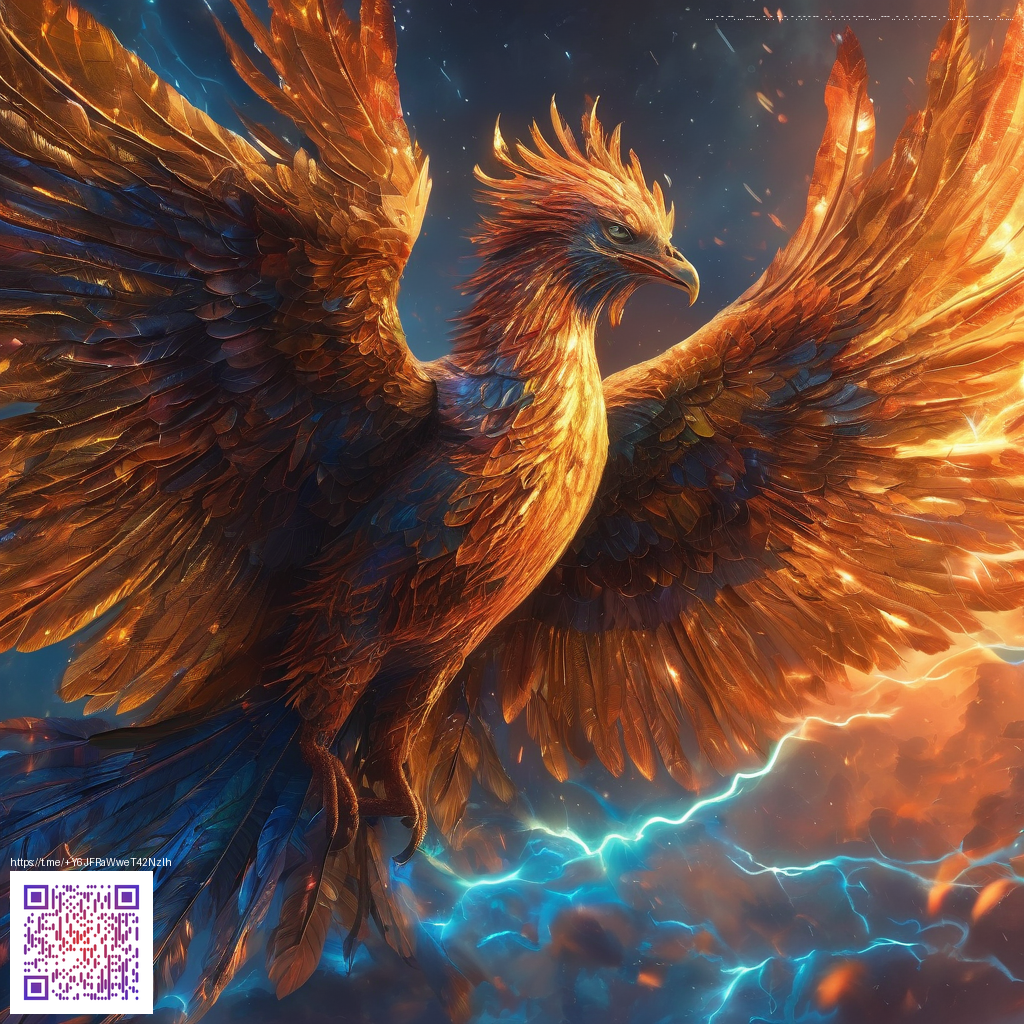
Wii U Exclusivity Delays and the Controversies Surrounding Rayman Legends
Rayman Legends sits high on many fans’ lists for its bright art style, blistering platforming tempo, and cooperative chaos. Yet the road to broad accessibility was messy and provocative, sparking debates that still echo in discussions about platform incentives and publisher strategy. In this exploration we sift through the biggest flashpoints around the games launch window and the years that followed 💠.
Exclusivity as a double edged sword
The decision to anchor the game to a Wii U exclusive window became the headline grabber. Nintendo fans celebrated a vibrant spectacle that leveraged the console’s unique features, while others lamented the absence of immediate access on their favored machines. The phrase timed exclusive circulated widely, with questions about whether the strategy genuinely served players or merely bought time for a platform’s library. The controversy underscored a larger tension between platform promotion and player expectations.
Delays that ripple across communities
As the wider audience waited for releases on PS3, Xbox 360, and PC, the sense of anticipation was tempered by frustration. The Wii U version offered distinctive touches, including touchscreen mini games and local co op play, which some saw as differentiators worth waiting for elsewhere. When confirmation finally arrived for broader availability, the reception was a mix of relief and resentment, highlighting how release timing can shape a franchise’s early reception and long term momentum 💬.
What changed with updates and editions
Over time the game evolved through ports, refinements, and additional content. This included better performance on later hardware and new modes that broadened replay value. The community’s response shifted from pure platform angst to curiosity about parity and longevity. The update cycle demonstrated a broader industry pattern: a strong IP can thrive when developers embrace cross platform lifecycles rather than resting on a single debut window.
Ubisoft Montpellier and the broader studio network reiterated that cross platform parity remained a guiding principle even as release orders shifted. The result was a resilient fanbase that stayed engaged through subsequent editions and community driven activity.
Gameplay anchors and platform parity
Gameplay quality remained the core through all the controversy. Wii U players enjoyed unique touch based interactions that complemented the core run and jump gameplay, while other platforms eventually captured a broad array of challenge modes, character skins, and online play options. The debate on which version delivered the most satisfying experience helped illuminate how platform design choices influence pacing, level density, and competitive play across ecosystems 🌑.
Modding culture and community creativity
The Rayman Legends community thrives on inventive challenges and collaborative sharing more than it relies on heavy modding, yet fans crafted a lively ecosystem around level discovery, speedrunning strategies, and community run tournaments on accessible platforms. Even with official tools sometimes limited, players built rich repositories of guides, run routes, and fan made events that kept the title feeling fresh long after its release. This culture underscores how fan creativity can extend a game’s life beyond its initial launch window 👁️.
Developer commentary and the broader lesson
From a developer standpoint the saga offers a pragmatic case study in balancing ambitious platform strategies with player expectations. The team emphasized a commitment to parity and continued polish across generations, which ultimately broadened Rayman Legends’ audience. The shift from a single window to a multi platform lifecycle illustrates how flexible release planning can safeguard an IP’s relevance even when early decisions become sources of controversy.
What this means for fans today
Today the game remains a vivid showcase of cooperative chaos and tight, arcade inspired platforming. The initial disputes over exclusivity and delayed access have settled into a broader narrative about how publishers manage platform ambitions without stifling player excitement. The enduring appeal lies in its accessibility, bright visuals, and the joy of playing together, which continues to draw new players into its expansive stages and clever level design 💫.
If you want to support in depth coverage of gaming history and the evolving ecosystem around big controversies like this, your donation helps fuel thoughtful analysis and community driven journalism. Support the Decentralized Internet